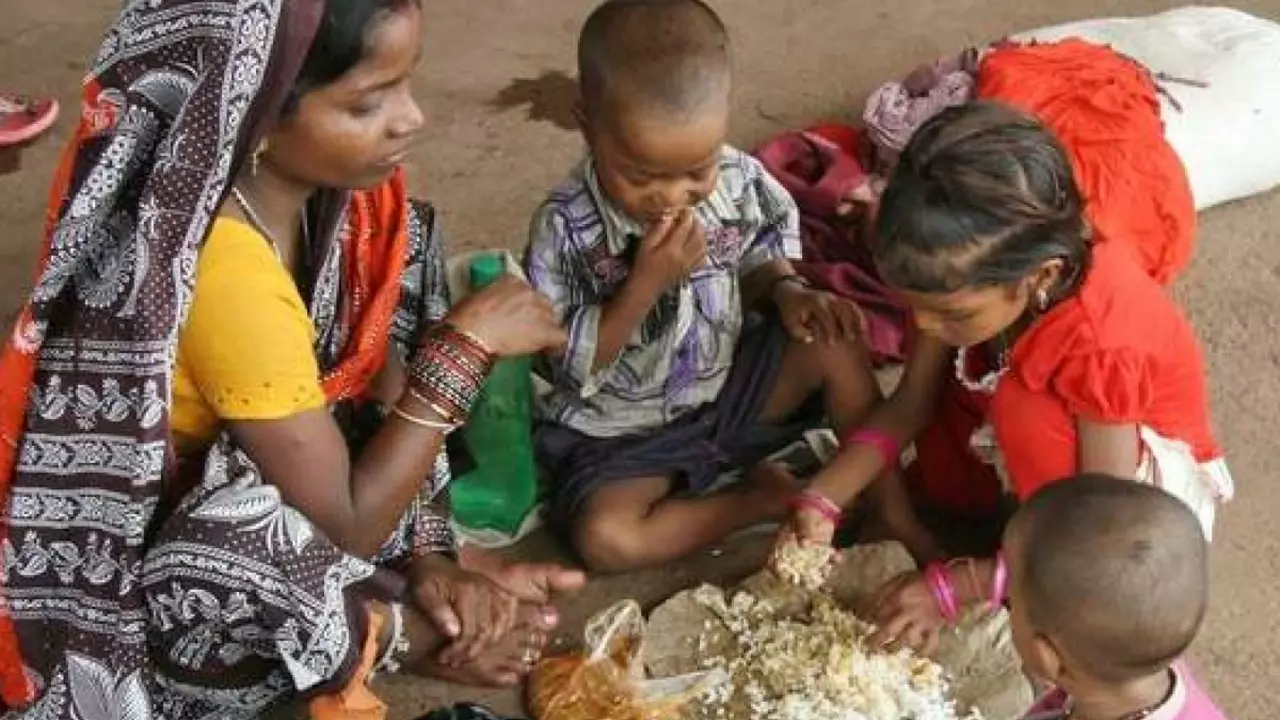Understanding the Poverty Line in India
Before we delve into the daily life of the poor in India, it's important to understand what the poverty line in India actually means. The World Bank defines extreme poverty as living on less than $1.90 a day. In India, however, the poverty line is set at a much lower level, at around Rs. 32 (approximately $0.43) in rural areas and Rs. 47 (approximately $0.64) in urban areas per day. This means that to be considered poor in India, a person has to be living on less than half the global poverty line.
Living Conditions of the Poor in India
Life for the poor in India is characterized by inadequate access to basic resources such as clean drinking water, sanitation, healthcare, and education. Many live in slums or makeshift settlements with poor infrastructure. Homes often consist of one or two rooms, with entire families sharing this small space. Many homes lack toilets, forcing residents to use open defecation sites. This lack of sanitation contributes to a high rate of disease among the poor.
Struggle for Food Security
Food security is a major concern for those living in poverty in India. Many people have to rely on government-subsidized food, which often isn't enough to meet their nutritional needs. In some cases, families have to skip meals or eat very little, leading to malnutrition and health problems. Children are particularly affected, with many suffering from stunted growth and developmental delays.
The Cycle of Poverty
The poverty trap is a complex issue in India. Poor families often cannot afford to send their children to school, resulting in a lack of education and skills. This lack of education limits their employment opportunities, ensuring that they remain stuck in low-paying, unskilled jobs. Moreover, in the event of a medical emergency or unforeseen expenditure, families often take on high-interest loans, pushing them further into poverty.
Healthcare Access for the Poor
Access to healthcare is another major issue for the poor in India. Government hospitals are often understaffed and poorly equipped, while private healthcare is unaffordable for many. As a result, the poor often delay seeking medical help until their condition becomes critical. This lack of timely healthcare leads to higher mortality rates and lower quality of life.
Role of Women in Poverty-
Women often bear the brunt of poverty in India. They are expected to manage the household, care for children, and work to contribute to the family's income. Despite their crucial role, women often lack access to education and job opportunities. They also face discrimination and violence, further exacerbating their vulnerable position in society.
Hope for the Future
Despite these challenges, there is hope. Non-governmental organizations and government initiatives are working to alleviate poverty in India. Efforts are being made to improve access to education, healthcare, and sanitation, and to empower women. However, change is slow, and it will take concerted effort from all sectors of society to truly uplift the poor in India.






Write a comment